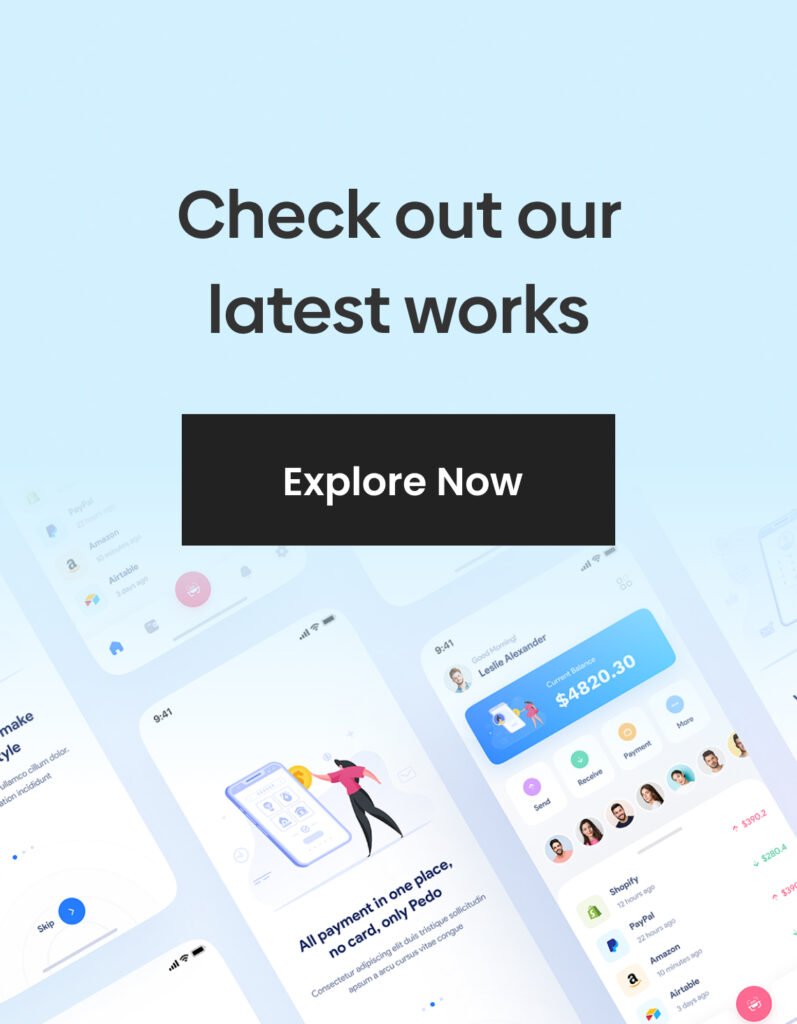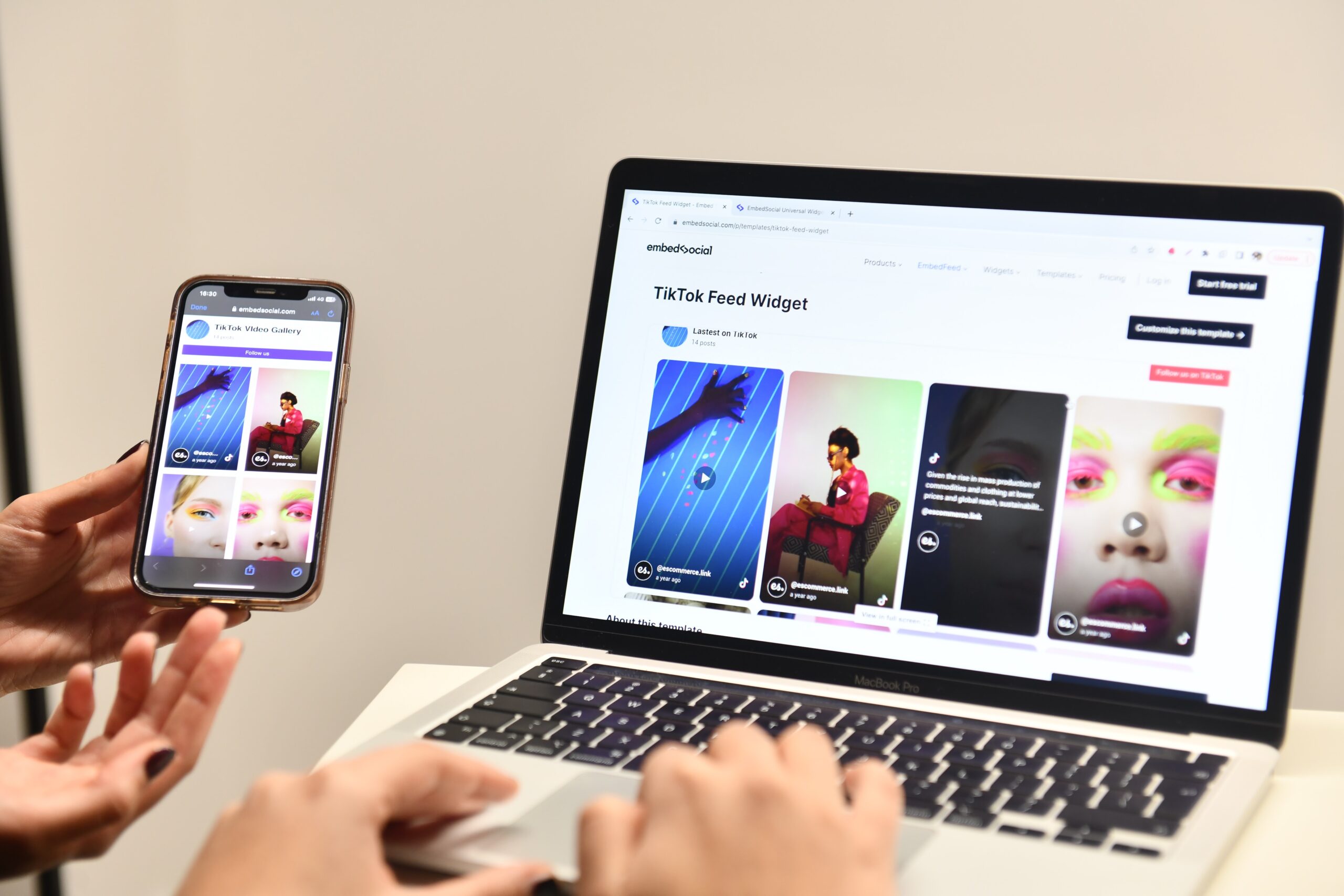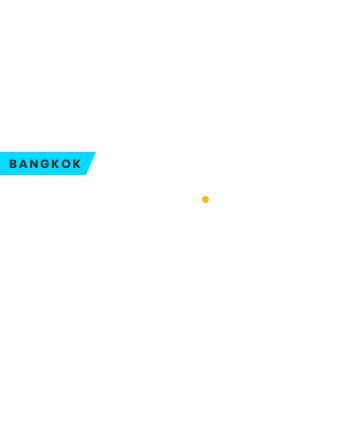The rise of remote work and hybrid working models has transformed the way design teams collaborate and create. A remote design team can be a powerful asset, but it also presents unique challenges. In this article, we’ll explore strategies and considerations for effectively managing a remote design team in a hybrid working model.
1. Clear Communication is Key
Effective communication is the cornerstone of managing a remote design team. With team members working from various locations, it’s crucial to establish communication norms and tools. Consider using messaging apps, video conferences, and project management platforms to keep everyone connected and informed. Set clear expectations for response times and availability to ensure smooth collaboration.
2. Define Roles and Responsibilities
Clearly define roles and responsibilities within the design team. This includes specifying who is responsible for what tasks, project management, and decision-making. A well-structured team helps avoid confusion and ensures that everyone knows their part in the design process.
3. Flexible Work Hours and Time Zones
In a hybrid model, team members may have different working hours and time zones. Embrace flexibility in work hours and adapt to accommodate team members’ schedules. Encourage asynchronous communication when necessary to bridge time zone gaps and allow team members to work when they are most productive.
4. Set Goals and Expectations
Establish clear design objectives, deadlines, and performance expectations. Regularly check in with team members to ensure they understand their goals and have the resources they need to achieve them. Consistent feedback and performance evaluations are essential for remote team members’ growth and development.
5. Collaborative Design Tools
Utilize collaborative design tools and software that allow team members to work on projects simultaneously, even if they are geographically dispersed. Tools like Figma and Adobe XD offer real-time collaboration features that can enhance the design process.
6. Remote Work Policies
Develop remote work policies that address issues like security, data protection, and privacy. Ensure that remote team members have access to the necessary software, hardware, and resources to fulfill their responsibilities effectively.
7. Building Trust
Trust is critical for a remote design team’s success. Encourage open communication and transparency within the team. Regular team meetings, one-on-one check-ins, and team-building activities help build trust and camaraderie, even in a remote setting.
8. Inclusivity and Diversity
A hybrid working model can attract a diverse and globally distributed team. Embrace diversity and inclusion as a strength, as it can bring fresh perspectives and ideas to your design projects. Create an inclusive environment where all voices are heard and valued.
9. Training and Skill Development
Invest in continuous training and skill development for your remote design team. This not only improves the team’s capabilities but also boosts motivation and job satisfaction.
10. Data Security and Compliance
Pay attention to data security and compliance, especially if your team handles sensitive client information. Implement security measures, educate team members on best practices, and regularly review and update security protocols.
11. Team Culture and Well-being
Maintain a strong team culture and promote well-being among remote team members. Encourage work-life balance and support mental health initiatives. A healthy and happy team is a productive team.
In a hybrid working model, managing a remote design team requires a thoughtful and adaptable approach. By focusing on effective communication, clear roles, flexibility, and trust-building, you can harness the full potential of a remote design team and create outstanding design work regardless of location.








